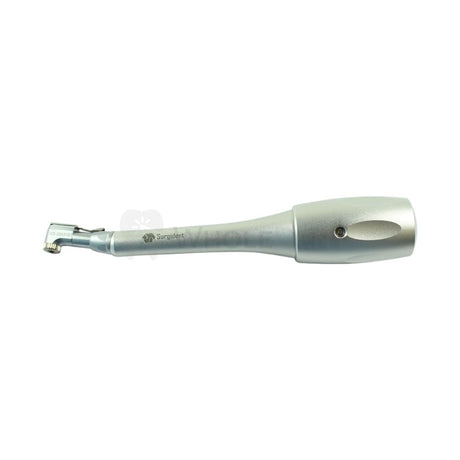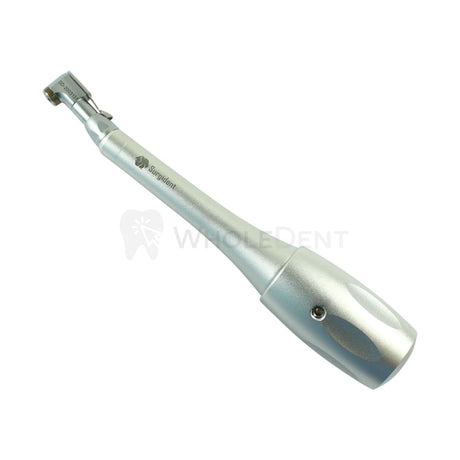Ручная шестигранная отвертка GDT 1,25 мм
$30.00 as low as $27.00Цена за единицу товара /НедоступенGDT длинная шестигранная отвертка 1,25 мм - 30 мм
$30.00 as low as $27.00Цена за единицу товара /НедоступенШестигранная отвертка GDT 1,25 мм
$15.00 as low as $13.50Цена за единицу товара /НедоступенКрепление двигателя с шестигранной головкой GDT 1,25 мм
$15.00 as low as $13.50Цена за единицу товара /НедоступенУниверсальное крепление двигателя GDT для имплантатов 2,42 мм и протезов 1,25 мм
$35.00 as low as $31.50Цена за единицу товара /НедоступенШестигранная отвертка GDT для прямых многоблочных устройств 1,4 мм
$21.90 as low as $19.71Цена за единицу товара /НедоступенGDT Rotational Concave Titanium Base
$25.00 as low as $22.50Цена за единицу товара /НедоступенРучная динамометрическая отвертка GDT Implants
$349.90 as low as $314.91Цена за единицу товара /НедоступенСверхдлинная шестигранная отвертка GDT 1,25–60 мм
$30.00 as low as $27.00Цена за единицу товара /НедоступенУниверсальный набор отверток GDT для имплантатов и протезов диаметром 2,42 мм.
$135.00 as low as $121.50Цена за единицу товара /НедоступенSurgident SD Torqueless - Posterior Torqueless Driver
$449.90 as low as $404.91Цена за единицу товара /НедоступенGDT Hand Hex Driver For Straight Multi Unit 1.4mm
$25.00 as low as $22.50Цена за единицу товара /НедоступенРучная динамометрическая отвертка GDT Implants
$415.90 as low as $374.31Цена за единицу товара /НедоступенРучная динамометрическая отвертка GDT Implants
$249.90 as low as $224.91Цена за единицу товара /НедоступенРучная динамометрическая отвертка GDT Implants
$55.00 as low as $49.50Цена за единицу товара /Недоступен






























